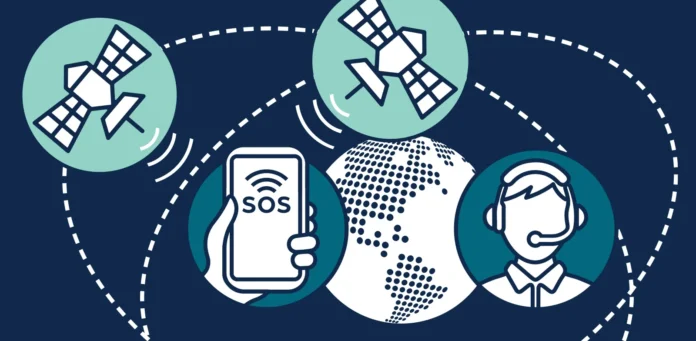In times of crisis and disaster, effective communication can be a matter of life and death. Natural calamities, such as earthquakes, hurricanes, or floods, often sever traditional communication channels like phone lines and cellular networks. In such critical situations, emergency satellite communications play a pivotal role in maintaining connectivity and enabling rescue operations, coordination efforts, and the dissemination of crucial information.
Remote Satellite Systems International, a satellite communications provider based in California, USA, specializing in emergency and backup communication solutions.
The Role of Satellites in Emergencies
Satellites orbiting the Earth serve as vital communication relays during emergencies. Unlike ground-based communication infrastructure, satellites are not vulnerable to localized damage caused by natural disasters. This resilience makes them indispensable for ensuring that emergency responders, government agencies, and affected communities remain connected even in the most challenging circumstances.
Instantaneous Global Coverage
One of the key advantages of satellite communications in emergencies is their ability to provide instantaneous global coverage. Satellites can transmit signals to and from remote locations that may be inaccessible by other means. This capability ensures that help and information can reach affected areas quickly, regardless of geographical barriers or infrastructure damage on the ground.
Deployable and Mobile Solutions
Emergency satellite communications are designed to be deployable and mobile, which is critical in rapidly evolving disaster scenarios. Portable satellite terminals can be quickly set up in disaster zones, establishing communication hubs where traditional networks have failed. This mobility enables first responders to coordinate rescue efforts, assess damage, and provide medical assistance effectively.
Reliability in Adverse Conditions
During emergencies, terrestrial communication infrastructure often suffers widespread damage, making it unreliable. Satellite networks, however, operate independently of ground infrastructure and can function in adverse weather conditions. This reliability ensures continuous communication links when terrestrial networks are down or overloaded, maintaining essential connectivity for emergency response teams and affected communities alike.
Support for Multiple Communication Needs
Emergency satellite communications support a wide range of communication needs beyond voice calls. They facilitate the transmission of data, images, and video, allowing for real-time situational awareness and decision-making. This capability is crucial for coordinating complex rescue operations and ensuring that accurate information reaches decision-makers promptly.
Integration with Disaster Response Plans
Effective disaster response plans incorporate satellite communications as a core component. Governments, humanitarian organizations, and businesses pre-position satellite equipment and establish partnerships with satellite service providers to ensure rapid deployment during emergencies. This proactive approach enhances response efficiency and enables quicker recovery efforts in affected areas.
Advancements in Satellite Technology
Recent advancements in satellite technology have further enhanced the effectiveness of emergency communications. High-throughput satellites (HTS) offer increased bandwidth capacity, enabling faster data transfer rates and supporting more extensive communication networks in disaster zones. Additionally, smaller and more efficient satellite terminals have reduced deployment times and operational costs, making satellite communications a more accessible solution for emergency responders worldwide.
Challenges and Considerations
Despite their advantages, satellite communications in emergencies face challenges such as bandwidth limitations, satellite availability during peak demand, and regulatory constraints in some regions. Addressing these challenges requires ongoing collaboration between governments, international organizations, and satellite operators to ensure robust and resilient communication infrastructure during crises.
To Summarize
Emergency satellite communications are indispensable tools for mitigating the impact of disasters and saving lives. By providing reliable, global connectivity when traditional networks fail, satellites empower emergency responders and affected communities to coordinate effectively and access critical support. As technology continues to evolve, satellite communications will play an increasingly pivotal role in enhancing disaster preparedness, response, and recovery efforts worldwide.
Aso Read: Swarowskı: Bringing Crystal Craftsmanship and Innovation to the World

